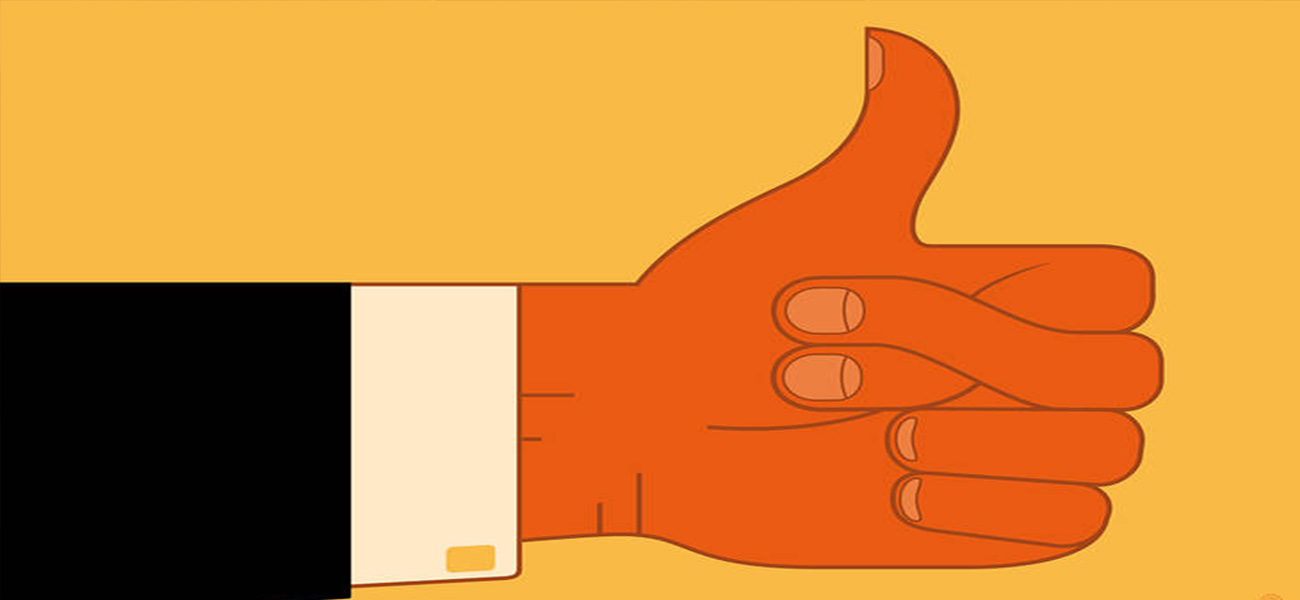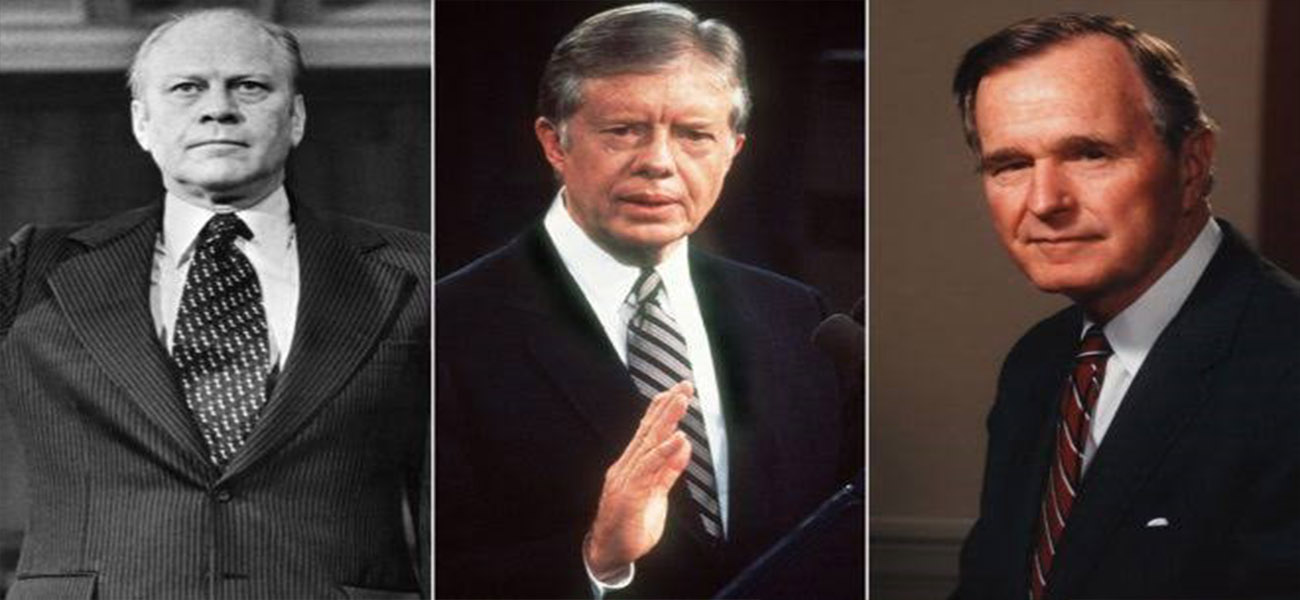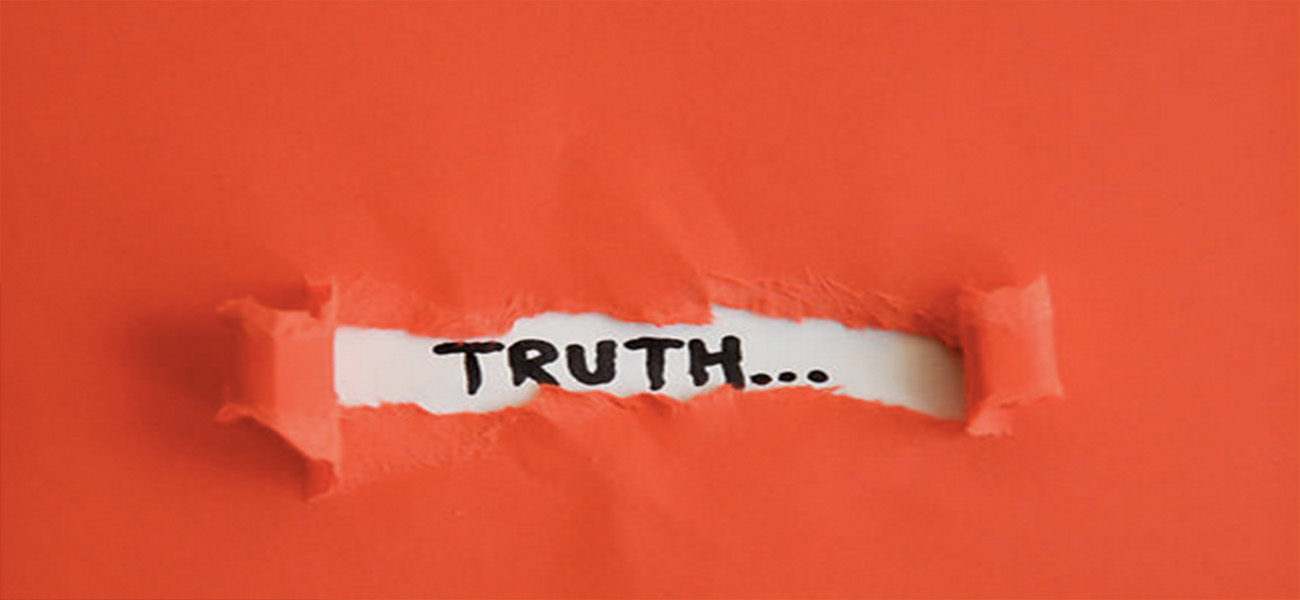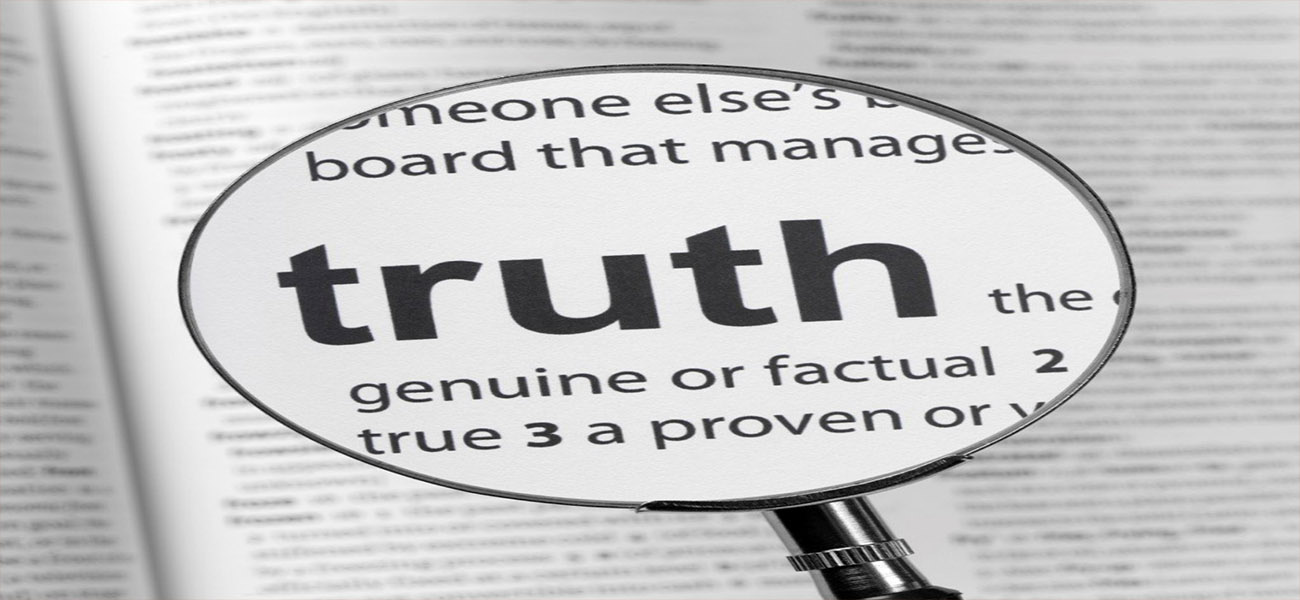The damnable effects of narrated fallacies
Countries have been brought to their kneels with careless statements that could have simply been avoided. The game of politics has never been fair to either parties. It has always come down to the survival of the fittest. It is dirty, requires mud-slinging and much more than a man’s average mind can phantom.
Fallacies, sometimes even regarded as truths have been told which eventually led to disastrous effects and much worse, collateral damage like never before. The truth has always and will remain bitter. But certain people have told seemingly bitter truths that eventually translated to bitter experiences for the parties involved.

The aim of this article is to enumerate instances where the so called ‘facts or truth’ turned out to be blatant lies. But this only happened after the damage had been done. Let us dive right in.
In 2001, after the 9/11 attacks, the President Bush-led administration launched a full scale war against Iraq after accusing Saddam Hussein who was the President of stockpiling weapons of mass destruction. This information was retrieved from an informant known as ‘curveball’ whose credibility was eventually rubbished. No single verified document was able to indicate the veracity of the claims of the informant who claimed Iraq was building nuclear war heads and WMD. However, the wheels had already been fast set into motion.
In a war that had trillions of dollars sunk in eight years, hundreds of thousands of Americans lost their lives with many others still bearing the consequences till today in form of injuries, addictions, life-threatening diseases and countless more.
Another is the story of the harmful effects of smoking cigarettes which for a long time was denied. This was as far back as the early 90s. In 1994 in USA, James W. Johnston, C.E.O of R.J Reynolds informed a congressional committee that “cigarette smoking is no more ‘addictive’ than coffee, tea or Twinkies.” Of course this was a gargantuan lie that was soon discovered for what it was.
In 1998, the four largest tobacco manufacturers in America reached a settlement with 46 states to pay $206 billion dollars spanning 25 years to cater for the medical costs of smoking-related illnesses. This could have been avoided if only these companies didn’t just care only for the profits and revenues derived from the sale of cigarettes.
Remember Joseph Stalin? In 1930, he hatched a plan to discongest certain areas in Ukraine and this he achieved by starvation and millions eventually died of hunger. Walter Duranty, a reporter with the New York times who had won the prestigious Pulitzer Prize for his reporting on Stalinist Russia insisted that there was no famine. His comments allayed the fears of the international world and caused them to backtrack thereby preventing them to press for famine relief. In other words, the whole world quietly looked on as millions we’re imprisoned and starved to death in concentration camps.
What of the case of Libya? According to an online research site Global Research, America claimed that Ghadaffi had threatened to annihilate the people of Benghazi without mercy but the New York Times reported that his grouse was with rebel fighters and not civilians.
However this did not prevent the Obama-led administration from dropping bombs from high up in the air on Libya’s people and trying to overthrow the country claiming to be fighting a humanitarian war. Infact it is reported that the African Union had progressed in peace talks with Ghaddafi but this did not deter the continuous invasion of the US government on Libya at that time.
These cases go to show how a small twist of the truth can negatively impact a complete generation of people in worst cases. The truth, no matter how bitter it is has to be told. If the ‘truth’ ends up not being the truth then the parties should quickly own up and accept their errors rather than burying it and painting a rather deceptive picture for the world to see and perceive.







